Society
Five Black Inventors to Know

This is as good a time as any to provide a list of five black inventors everyone should know. As much praise as black people have received in the realm of entertainment, culture and athletics, it is incredibly rare black people receive the same praise as it pertains to the STEM (science, technology, engineering, and math) fields. The list of inventors shown is a friendly reminder that black potential goes far beyond the box of entertainment and athletics. I hope this also inspires anyone reading this to research other black inventors not listed here; even though this is a list of five inventors I believe everyone should know, it is not a definitive list, there are plenty of accomplished black inventors not listed. There is also potential that the next great black inventor is reading this right now. Let us proceed to the list below starting with number five:
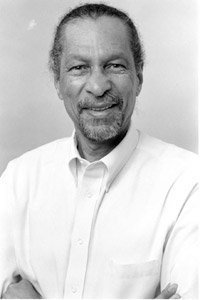
5. James E West – James E. West is from Farmville, VA. His interest in how things work led him to study physics at Temple University. He was able to get a full time at Bell Laboratories after college which was where he worked during the summers at his internship. In 1962, with fellow scientist Gerhard M. Sessler, he patented a foil electret microphone; an inexpensive, compact device that is now used in 90 percent of all contemporary microphones which still has most of its technology used today. His invention set the standard for many contemporary microphones still used today.
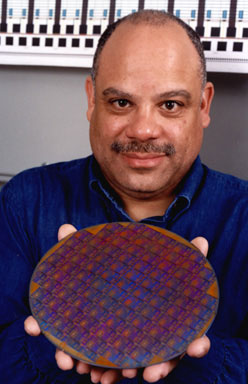
4. Mark Dean – One of the original inventors of the IBM personal computers and color pc monitors. At an early age he showed a passion for building things. He was consistently one of the top students in his class and graduated at the top of his class in engineering at the University of Tennessee. Not too long after college, Dean was able to obtain a job with IBM. During his time at the company his work lead to the development of the PC monitor and in 1999 he led a team at IBM’s Austin, Texas lab to build the first gigahertz chip. His work at IBM lead him to being named an IBM fellow in 1996, the first ever African American to be granted the honor. Mark Dean’s contributions were part of the building blocks in creating the computers we have today.
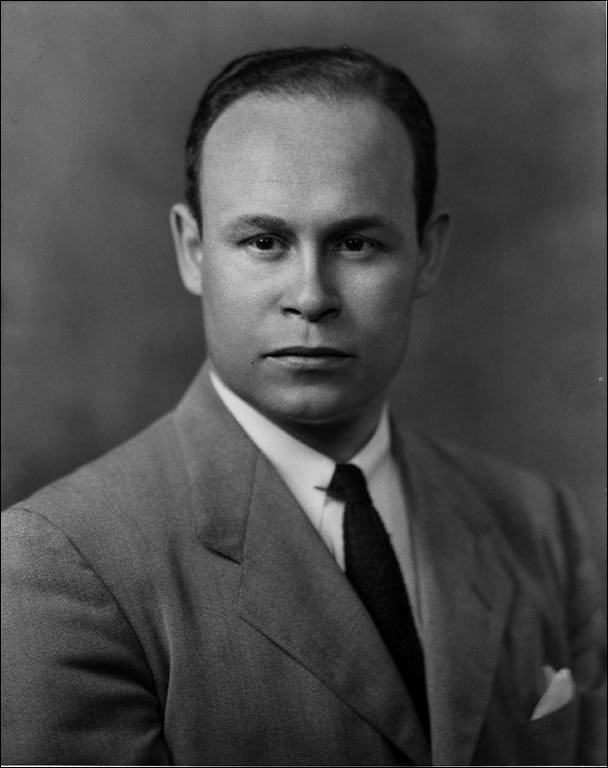
3. Dr. Charles Richard Drew – In the late 1930s, he invented a way to process and preserve blood plasma for blood transfusions. He was born in 1904 in Washington DC into a middle class family. Always an outstanding student, he attended medical school in Montreal, Quebec, Canada where he earned his MDCM in 1933 and graduated second in his class. A few years later he attended Columbia University where he earned his Doctor of Medical Science degree, becoming the first African-American to achieve the honor. During WWII, Dr. Drew was asked to play a pivotal role in the Blood for Britain program which provided blood plasma to England during the war. He was able to organize the collection and processing of plasma shipped to England, by the end of January 1941, nearly 15,000 blood donations were collected and over 5000 liters of plasma was sent to England. He used the Blood for Britain program as a model for the Red Cross pilot program in which he served as an assistant director. The pilot program eventually became the model for the National Blood Donor Service and during this time period Drew introduced the use of mobile collection units which were later called bloodmobiles. Drew’s work in the collection, processing and shipping of blood plasma gave him the deserving title as the father of the blood bank.
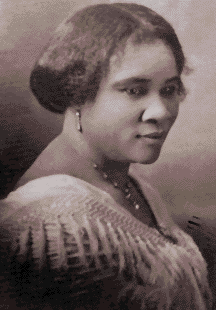
2. Madame CJ Walker – Madam CJ Walker was born as Sarah Breedlove on December 23, 1867. In 1888, Sarah and her daughter moved to Saint Louis, Missouri where she initially worked as a laundress. The turning point in her life came when she became a commission agent around 1904 selling products for Annie Turnbo Malone. By 1905 she and her daughter moved to Denver, Colorado where she continued to sell products for Malone and began to develop her own hair care business. By 1906, following her marriage to Charles Walker, Sarah Breedlove changed her name to Madam CJ Walker. She relocated her business to Indianapolis in 1910 where she established her headquarters. Between 1911 and 1919 her company expanded and was able to use her position to hire thousands of women during a time period in which women were not expected to work as often. Madam CJ Walker used her status and wealth to encourage black women to start their own businesses and pursue their careers. She requested Vertner Tandy, the first licensed black architect in New York City, to design her house in Irvington-on-Hudson, New York. She moved there by 1918 and used the house as a gathering place for African-Americans to organize and to be inspired. Madam CJ Walker was not only acclaimed for her wealth but also her numerous expenditures aimed to encourage black women and men to become more than what many expected of them. She was an inspiration to black people both then and now.
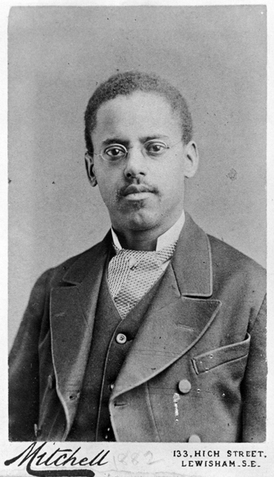
1. Lewis Latimer – Lewis Latimer was born September 4, 1848 in Chelsea, Massachusetts to parents who had escaped slavery. Later in his life, Latimer enlisted with the US Navy during the Civil War. After receiving an honorable discharge, he accepted a position at a patent law firm. He taught himself mechanical drawing and drafting by observing the draftsmen at the patent law firm. His talents were recognized by upper management which, subsequently, allowed him to be promoted to draftsman. His talents were recognized outside the patent law firm as well. He was employed by Alexander Graham Bell to assist in drafting the patent for Bell’s telephone. After moving to Bridgeport, Connecticut, he was employed as an assistant manager and draftsman for the U.S Electric Lighting Company in 1880 which was owned by Hiram Maxim. Maxim was the prime competitor to Thomas Edison, the inventor of the electric light bulb. In 1881, Latimer received a patent for the process of manufacturing carbons, which made the light bulb less expensive and more efficient. Latimer was eventually hired by the Edison Electric Lighting Company in 1884, serving as the chief draftsman and patent specialist. The Edison Electric Lighting company ultimately developed into the present known General Electric Company. Latimer was an incredibly accomplished inventor and his impact is still appreciated to this day.

